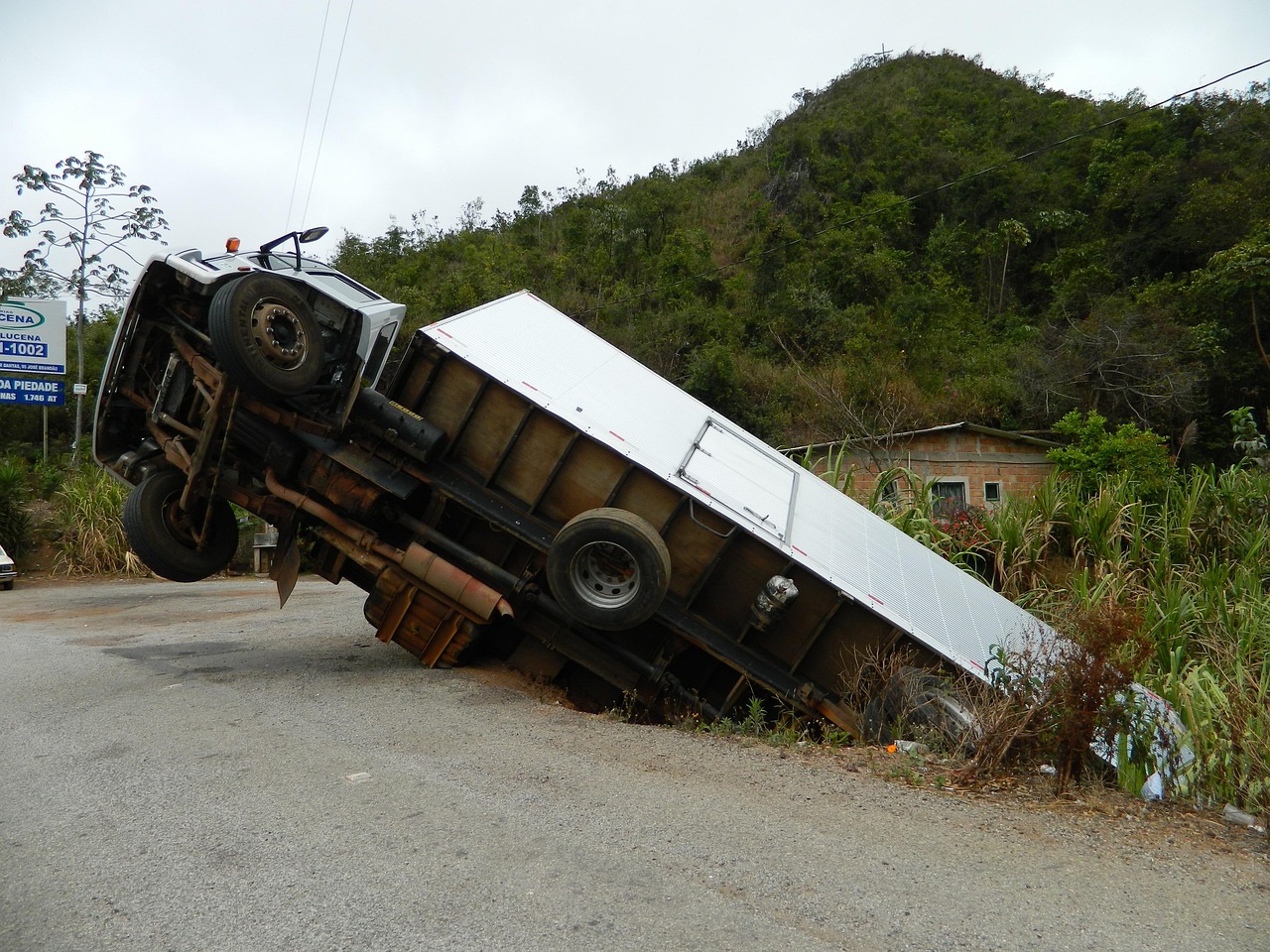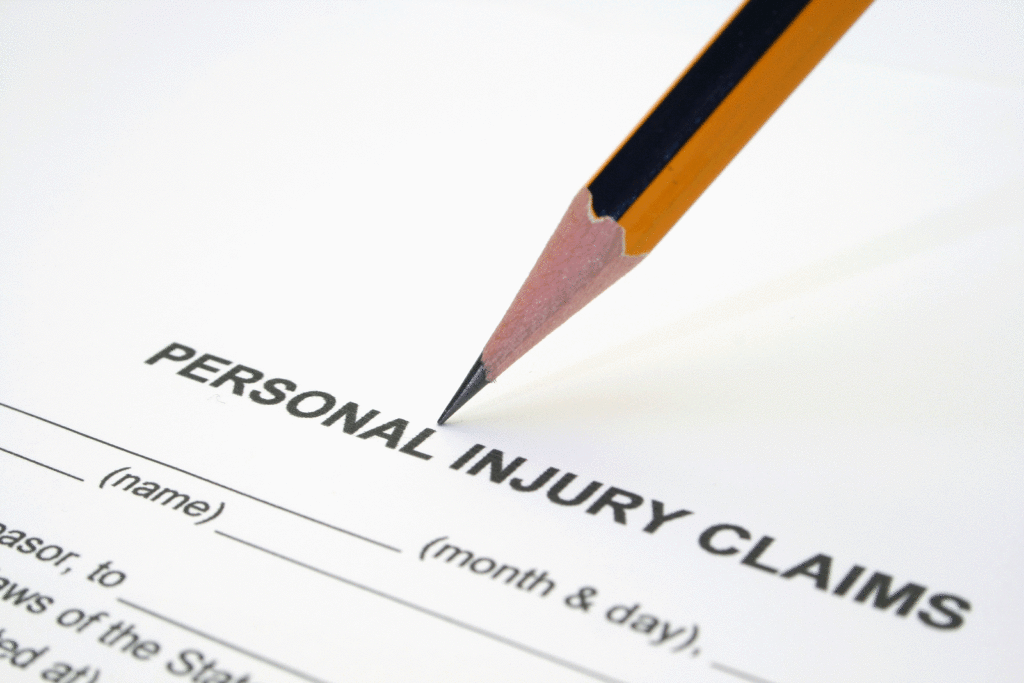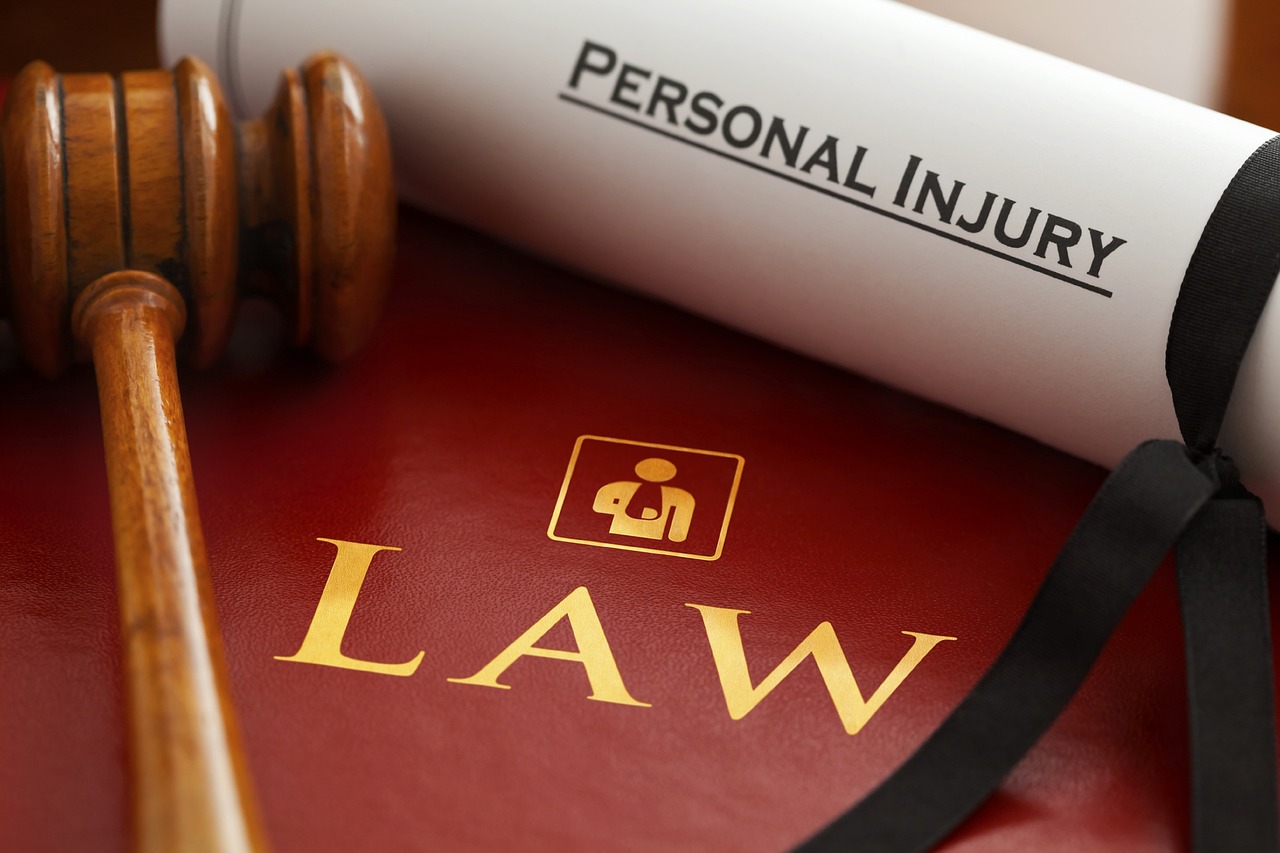Now Reading: The Role of Evidence in Truck Accident Cases: Building a Strong Claim
-
01
The Role of Evidence in Truck Accident Cases: Building a Strong Claim

The Role of Evidence in Truck Accident Cases: Building a Strong Claim
Truck accidents often result in devastating consequences due to the sheer size and weight difference between commercial trucks and passenger vehicles. A fully loaded semi truck weighs up to 80,000 pounds whereas an SUV will typically weigh less than 5,000 pounds.
Pursuing a successful legal claim after such an incident is complex and hinges significantly on one crucial element: evidence. Without compelling evidence, proving fault and securing fair compensation for damages becomes incredibly difficult. Understanding the types of evidence needed and how they contribute to building a strong claim is vital for victims.
Why Evidence is the Cornerstone
Unlike typical car accidents, truck accident cases may involve multiple parties, including the driver, the trucking company, maintenance providers, and sometimes even cargo loaders or manufacturers. Determining fault requires a thorough investigation, and solid evidence is the foundation upon which a successful claim is built. This evidence serves several key purposes:
- Establishing Negligence
- Proving Damages
- Countering Defenses
Key Categories of Evidence
A comprehensive truck accident investigation draws upon various sources. Crucial pieces of evidence often include:
Official Accident Reports
The responding police officer’s report provides an initial overview, diagrams, involved parties, witness information, and sometimes preliminary conclusions about fault.
Electronic Logging Devices (ELDs) & Black Box Data
Around 95% of commercial trucks are equipped with devices that record critical data like speed, braking patterns, GPS location, and hours of service (HOS). This data can definitively show if a driver was speeding, braked suddenly, or violated HOS regulations designed to prevent fatigue.
Driver Records
This includes the driver’s qualifications, training history, driving record, employment history, and any history of substance abuse or previous violations. One study dataset found that 27.6% of truck drivers had consumed drugs. Driver records can reveal patterns of negligence or inadequate vetting by the trucking company.
Trucking Company Records
Evidence such as maintenance logs, inspection reports, dispatch instructions, hiring practices, and safety policies can indicate negligence on the part of the company (e.g., forcing drivers to violate HOS rules, failing to maintain vehicles properly).
Witness Testimony
Statements from eyewitnesses can provide independent accounts of how the accident unfolded.
Photos and Videos
Images and footage from the accident scene (taken immediately after), dashcams, traffic cameras, or nearby surveillance systems can offer invaluable visual proof of the conditions and actions leading up to the crash.
Medical Records
Detailed documentation from doctors, hospitals, and therapists is essential to prove the nature and extent of injuries, treatment received, and future medical needs, forming the basis for calculating medical damages.
Expert Attorney Analysis
Accident reconstructionists hired by truck accident lawyers can analyze physical evidence and data to determine the sequence of events. Medical experts can testify about the severity of injuries and long-term prognosis. Economic experts can calculate lost earning capacity.
Evidence is not just helpful in a truck accident claim; it is essential. Each piece, from the driver’s logbook to the victim’s medical bills, acts as a building block, creating a solid structure that demonstrates liability and justifies the compensation sought. Compensation can vary, but it’s typically between $50k and $100k.
Due to the complexity and the high stakes involved, gathering and effectively presenting this evidence typically requires the expertise of legal professionals experienced in handling truck accident litigation. Prompt action to secure evidence is often the first and most critical step toward achieving justice.










